Current Weather in Sri Lanka
Weather seasons in Sri Lanka
As a tropical country located near the equator, Sri Lanka has two major seasons:
- Rainy Season
- Dry Season
(Also, according to the locals, a third “Season of Love”, which spans throughout the whole year!)
Rainy and Dry seasons vary according to the different parts of Sri Lanka. As long as you are aware of the different weather conditions in different parts of the country, Sri Lanka can very well be a year-round holiday destination. You simply have to plan your stay where you prefer according to the weather.
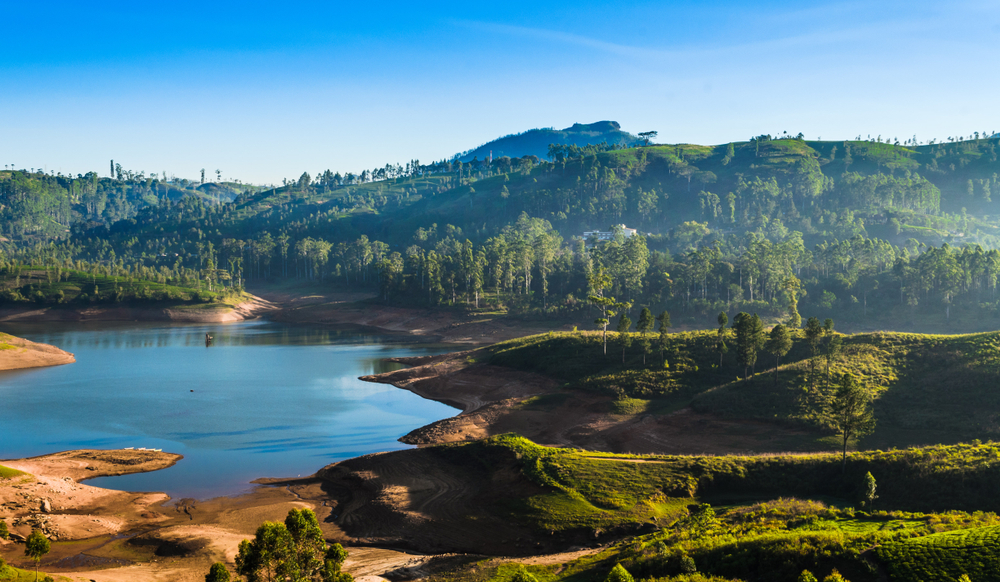
Since most of the outdoor activities require a sunny day, planning your stay away from the rainy areas is the best way to go. However, experiencing the rainfall over the mountains in Sri Lanka cosied up in a nice highland resort can also be a memorable and romantic experience!
Monsoon Seasons in Sri Lanka
Understanding how the monsoon season works in Sri Lanka will give you an idea about not only when and where to travel, but also how the life of the locals has changed and adapted to these seasons. While it is possible to have a general idea about the monsoons and the rain, it is also important to know that as in an island country, the weather in Sri Lanka can be quite unpredictable in times as well.
First Inter-Monsoon Season (March-April)
This season affects most part of the island except the Northern region. It consists of heavy thunderstorms and high humidity, and not the best time of the year to travel if you have many outdoor activities on your itinerary. South Western and the central hill country usually face the heaviest rainfall during this time, usually up to 250mm. During these months you tend to get sunny and clear mornings and heavy rains from the afternoon towards late evenings.
Southwest Monsoon Season (May-September)
Focusing mostly on the Southwestern and the Central parts of the country, this is one of the biggest monsoon seasons that affect the country, prevailing nearly for 5 months. Paddy farmers in the country call this period one of the main two main cropping seasons.
Southwest Monsoon usually comes as unexpected rains during random times of the day. The weather becomes very windy, easing off the warmth during the day. The rainfall can vary throughout the 5 months, ranging from 100mm up to 3000mm (mostly in the Central area including Watawala and Ginigathhena which reportedly experience the heaviest rainfall in the country).
Northern and Southwestern regions of the country experience the lowest rainfall during this period, Thus, it’s a good idea to head there if you are planning to visit Sri Lanka during these months and do not want to have your planned activities restricted due to rain.
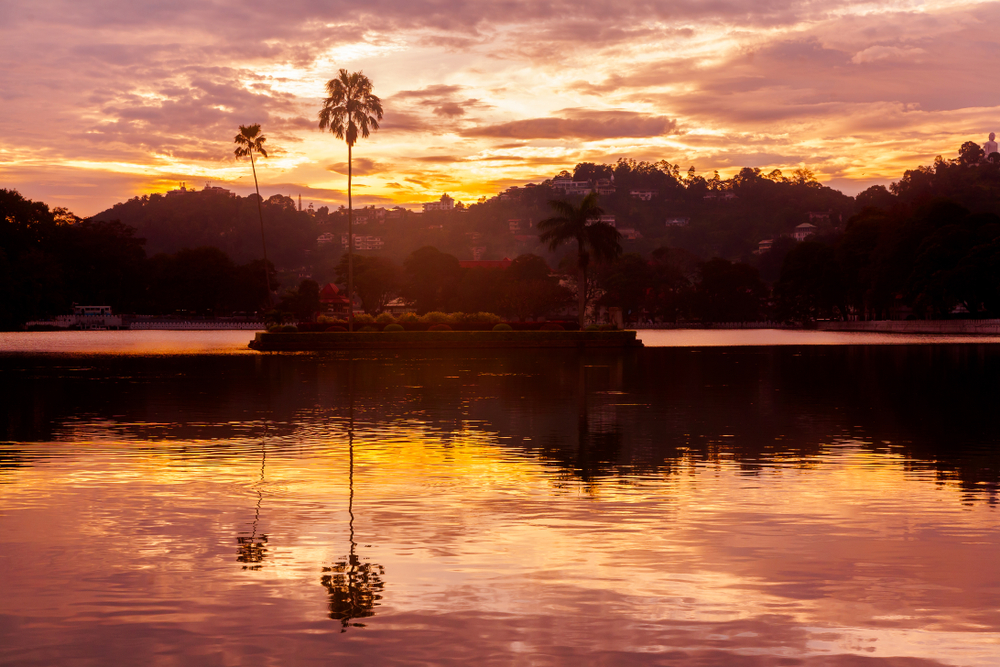
Second Inter-Monsoon Season (October-November)
This monsoon rainfall affects evenly throughout the country. Mostly rains with thunderstorms start at the latter part of the day. Extra factors such as the depression and the cyclones in the Bay of Bengal often affects the rain during this season. You can experience a lot of heavy winds and heavy rainfall that might sometimes cause floods and landslides as well. As a traveller who is visiting Sri Lanka, it is better to avoid this time of the year. Rains get milder towards the end of November if you are planning a year-end visit to Sri Lanka.
Northeast Monsoon Season (December – February)
This is the second biggest cropping season for the paddy farmers in the country. It affects the North Eastern parts of the country mostly, with relatively dry and colder winds when compared to the other monsoon seasons. Other parts of the country usually have cloudless and sunny skies and colder nights during these days, making for a pleasant time to visit Sri Lanka.
Weather by Month in Sri Lankan Cities
Different parts of Sri Lanka have different weather conditions throughout the year. Have a look at the weather conditions you can expect in some of the main Sri Lankan cities during the 12 months of the year:
Colombo
Average temperature – 29°C (84°F)
December and January tend to be the coldest months in Colombo with the average temperature being around 27°C (81°F). January – March are good months for Colombo with mainly sunshine filled days. March – June are usually rainy months in Colombo, with the rainfall decreasing towards August and then increasing around October and November again.
Kandy
Average temperature – 25°C (77°F)
March is a heavy rainfall month for Kandy. Due to being in the Central hilly area of the country, Kandy is often known to have a drizzle throughout the year, with August being the driest month of the year for the city.
Galle
Average temperature – 28°C (82°F)
May is a good month to travel in Galle with mostly sunshine. November to January usually bring heavy rainfall to the city, up to 207mm in times.
Types of weather to expect in Sri Lanka
Sri Lanka mostly has either welcoming warm weather or comforting cool weather throughout the year heavily influenced by its monsoon seasons. If you are a traveller looking for a cosy vacation in the country, it’s best to avoid the Months April to June and October to November.
Due to the north-east monsoons during these months, there will be heavy rainfalls and high wind activity. The situation may escalate into occurring of mild storms along the north-east coastline. Most deep sea diving, cruise tours, whale watching, and other outdoor activities will be halted depending on the weather of the day. Also, there is a high possibility of floods and landslides occurring in some areas of the country such as Wellampitiya, Galle, Kalutara, and Kegalle.
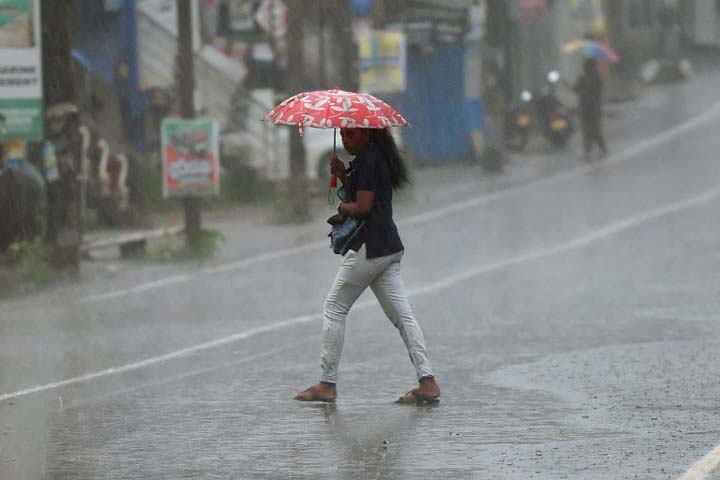
However, there is no need to panic as what’s described above is the extreme of what could happen and the situation rarely gets to that point. Even then the situation is no different than what happens in any other country when faced with heavy rains. The only real danger these weather conditions can have on you is forcing you to cancel your outdoor plans and make you stay indoors for an hour or two if you don’t like showered while walking outside.
Many tourists, although only a few, love to travel during these periods of rainfall as there will be heavy discounts on cruise deals which is a huge plus. So you can rest easy knowing that even the harshest of the weather conditions in Sri Lanka is mild in violence when compared to what other countries experience.
Weather across different regions of Sri Lanka
Sri Lanka’s weather can be divided into 3 major categories for an easy understanding of how the weather will be like during each season.
Kandy, Central Provinces & the Tea Country
Depending on the monsoons, the temperatures could range between 26°C to 32°C for the central provinces and the Kandy area. Usually, these parts are much more comfortable climate-wise. Since these areas are at a comparatively lower altitude than the tea country and at a higher altitude than the coastal areas, you can feel the temperature drop as you travel towards the central provinces.
The Tea country, however, lies at a high altitude and the temperature sometimes drops up to 16°C which is a perfect combination for its absolutely gorgeous sceneries and gardens. In the evening and night hours, it is not unusual to experience heavy fog and extremely cold nights. Better pack your winter outfits if you wish to travel to the Tea Country.
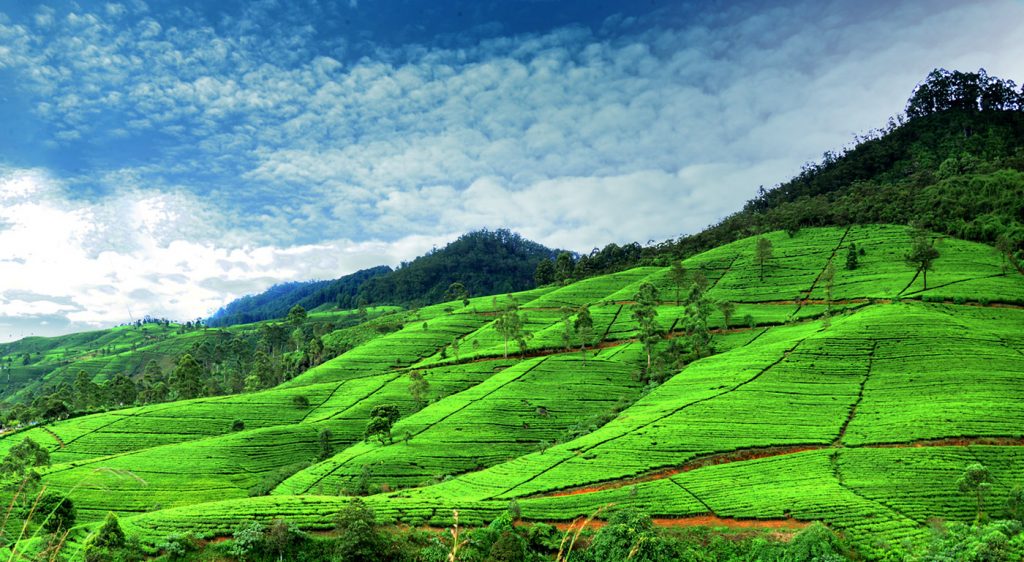
Western & Southern provinces of Sri Lanka
These areas are much warmer compared to the central provinces and the hill country. The average temperature rarely drops below 30 °C, but this does not make any outdoor activities any less enjoyable. Heavy rainfall is usually expected between April to mid-May and June to August.
Northern & Eastern Provinces of Sri Lanka
While the weather in these provinces is heavily influenced by the north-eastern monsoon, the average temperature usually ranges from around 27°C to 36°C. These areas have high winds mainly from the seaside which adds to the comfort index.
Sri Lanka temperatures at different points of the year

Sri Lanka has only two major seasons throughout the year namely the rainy season and dry season as the island is situated near the equator. Therefore the temperature across regions in different months vary only by a few degrees. This again is mainly due to the effect of monsoons.
Generally, the whole country is full of sunshine and stays relatively dry across all regions during months from December to April. This usually is the time period in which most tourists come to the country. The temperature usually is between 25°C to 30°C. In the tea country, however, the temperature rises to somewhere closer to 22°C.
April arguably is the dryest and hottest month of the year and temperatures may reach up to mid 30°C in the dry zone.
From the month of May to November, the monsoon seasons start and there will be a drop in temperatures by a few degrees across the regions affected by the monsoons. It ranges from 26°C to 32°C across the country.
Q. Does Sri Lanka have a dry/rainy season and when is it?
As a tropical island situated near the equator, it’s always a better time to travel to Sri Lanka if you know when & where to go.
The time between December to April is relatively dry throughout the country. The different monsoon seasons begin from the end of April and go on until November.
The South-West monsoon sets in during the months from April to June. As the name suggests, this monsoon affects mostly the Colombo and Galle areas in the South-Western region. The rains, however, are gentle and last only a short period.
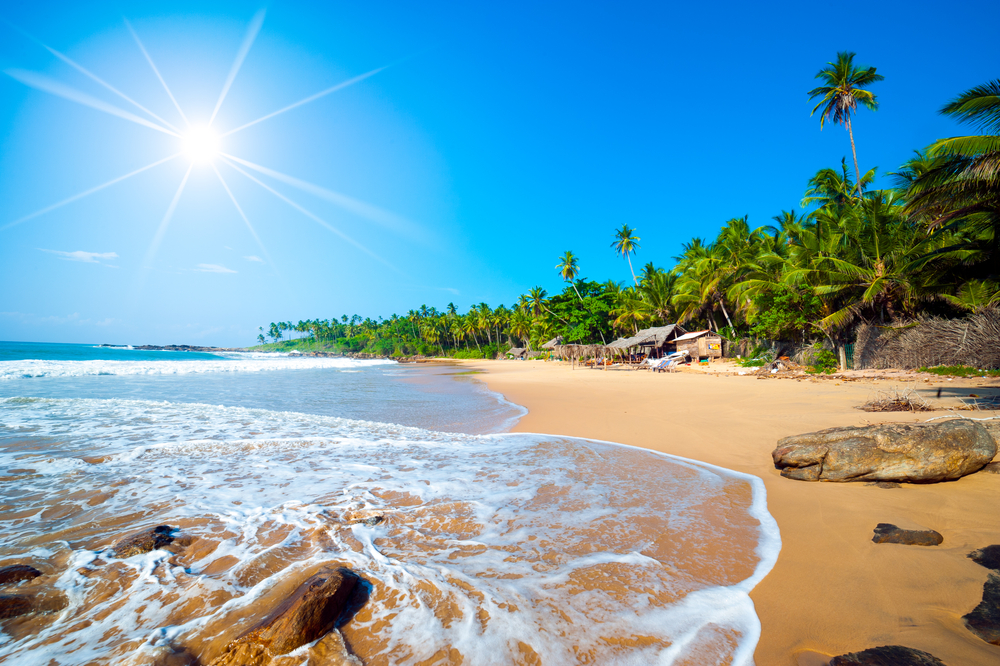
The North-East monsoon usually lasts from the months October to November and is more violent of the two monsoons. The whole country is affected and steady rainfall is expected across the country and the violent wind is expected in the coastal areas.
The country enjoys a relatively dry season during the rest of the year which is when most travellers pick to come into Sri Lanka.
Q. When is the best time to travel to Sri Lanka?

Arguably the best time to travel to Sri Lanka is during the months from December to April due to very little rain activity. The tourism industry at its peak and there are kits of festivities in the local travel hotspots and many attractive tour promotions & offers are given out during this period.
However if you find yourself unavailable during this period, July to September will make up an equally great time to travel to Sri Lanka. The country is relatively comfortable climate wise and there are fewer tourists compared to the December-April period.
It’s best to avoid the months May to June and October to November due to heavy rainfalls which may deter many outdoor activities.
As a final note, do not let these warnings of rainfalls prevent you from visiting Sri Lanka as for most of the year, the weather is ideal for travelling.
